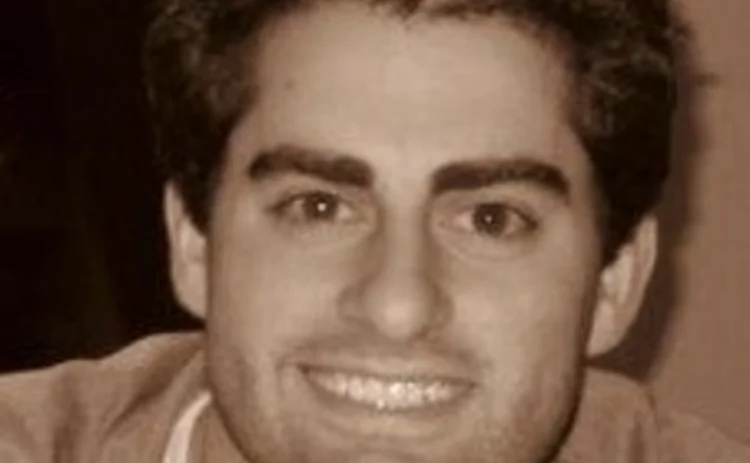What's the rush? The CAT is a Waiting Game Worth Playing
Dan DeFrancesco talks about why showing forbearance while waiting for the CAT might be best thing for the industry.

There was no shortage of media stories covering the fifth anniversary of the Flash Crash last week. The Wall Street Journal and International Business Times both published lenghty pieces about what has changed since those fateful 36 minutes on May 6, 2010.
Both articles hinged on two questions: What have regulators done to stop another disaster like this from happening again, and why is it taking so long to put something in place?
The short answer is the Consolidated Audit Trail (CAT). The massive platform will be capable of tracking and storing information on every order, cancellation, modification and trade execution for exchange-listed equities and options in the US markets.
The problem is that answer has been a long time coming. It's been almost three years since the US Securities and Exchange Commission (SEC) originally passed Rule 613, which asked the industry to develop a plan to build and run the CAT. Since then, the CAT Consortium, a group of self-regulatory organizations (SROs), has whittled down the list of potential builders of the CAT to six.
That being said, people are still up in arms due to the fact that five years after the Flash Crash we are no closer to recognizing if a similar incident is about to occur, or efficiently unwind how it happened if another one strikes the market.
But while many in the financial community are shaking their fists in rage, asking why it has taken so long, I think we need to understand the benefit of being patient in developing such a massive platform.
Now, before you go off thinking I'm some kind of shill for the SEC, hear me out.
I have no doubt the CAT is a necessary addition to the marketplace. Putting it in place will give regulators a much broader, clearer picture of what is going on, which I think everyone can agree will benefit the markets in the long run.
However, asking them to push something out just so there is a system in place is foolish. A project like this will take time, and that's not necessarily a bad thing, as long as they get it right the first time.
I'll use the video game industry as an example─ yes, I still play video games. If you've bought a video game over the past decade, you'll know that no matter how soon after its release you get it there will always be updates for it before you're able to play it for the first time. You could purchase a game at 12:01 a.m. the day it comes up and still be prompted with a screen that requires you to download patches to fix glitches the first time you play it.
There are two schools of thought here. On one hand, you could be an optimist and praise the video game developers for their willingness to be ever vigilant in developing the best possible game experience for their users. On the other hand, you could take a pessimistic, and more realistic, stance that the company likely pushed a game out that might not have been 100 percent ready in order to hit its release date.
Now let's bring it back to the financial world. Imagine regulators quickly picking a CAT builder and pushing through their plan. Due to public outcry, they stay on top of the group picked to build it, urging them to develop and implement a system as soon as possible. It's a situation that might sound appealing on paper, but what will the finished product look like?
There will be issues galore. The cost of operation and maintenance for the CAT, which currently has an average estimate of $255.6 million over five years, will likely balloon up as problems are discovered because of a system that was rushed out. Can the industry really afford that to happen?
Let's also not forget that there is the potential we'll have a system in place we all think is protecting us that actually isn't. The man that lives in a house with no locks at least sleeps with one eye open. The one that sleeps in a house with faulty locks sleeps soundly, but unprotected.
There is, of course, only so much tolerance possible. If we are in the same situation five years from now, with no progress and continued delays, then outrage would be understandable.
For the time being though, let's all recognize how big a project this is. The CAT will be the largest database in the financial services industry, storing four petabytes of data a year and process 58 billion records a day. This isn't something that can be thrown together overnight.
As the old saying goes, "Measure twice, and cut once."
Like the column? Hate the column? Let me know. Send me an email at dan.defrancesco@incisivemedia.com or drop me a tweet @dandefrancesco.
Only users who have a paid subscription or are part of a corporate subscription are able to print or copy content.
To access these options, along with all other subscription benefits, please contact info@waterstechnology.com or view our subscription options here: https://subscriptions.waterstechnology.com/subscribe
You are currently unable to print this content. Please contact info@waterstechnology.com to find out more.
You are currently unable to copy this content. Please contact info@waterstechnology.com to find out more.
Copyright Infopro Digital Limited. All rights reserved.
As outlined in our terms and conditions, https://www.infopro-digital.com/terms-and-conditions/subscriptions/ (point 2.4), printing is limited to a single copy.
If you would like to purchase additional rights please email info@waterstechnology.com
Copyright Infopro Digital Limited. All rights reserved.
You may share this content using our article tools. As outlined in our terms and conditions, https://www.infopro-digital.com/terms-and-conditions/subscriptions/ (clause 2.4), an Authorised User may only make one copy of the materials for their own personal use. You must also comply with the restrictions in clause 2.5.
If you would like to purchase additional rights please email info@waterstechnology.com
More on Regulation
2026 will be the year agent armies awaken
Waters Wrap: Several AI experts have recently said that the next 12 months will see significant progress for agentic AI. Are capital markets firms ready for this shift from generative AI to agents?
Despite regulatory thaw in US, major questions remain globally for 2026
From crypto and tokenization to the CAT to consolidated tapes to T+1’s advancement, the regulatory space will be front and center in the New Year.
Will overnight trading in equity markets expand next year? It’s complicated.
The potential for expanded overnight trading in US equity markets sparked debate this year, whether people liked it or not.
Waters Wavelength Ep. 342: LexisNexis Risk Solutions’ Sophie Lagouanelle
This week, Sophie Lagouanelle, chief product officer for financial crime compliance at LNRS, joins the podcast to discuss trends in the space moving into 2026.
Citadel Securities, BlackRock, Nasdaq mull tokenized equities’ impact on regulations
An SEC panel of broker-dealers, market-makers and crypto specialists debated the ramifications of a future with tokenized equities.
FIX Trading Community recommends data practices for European CTs
The industry association has published practices and workflows using FIX messaging standards for the upcoming EU consolidated tapes.
Interview: Linda Middleditch, Regnology
Regnology’s Linda Middleditch discusses its acquisition of Wolters Kluwer’s FRR business
Tokenized assets draw interest, but regulation lags behind
Regulators around the globe are showing increased interest in tokenization, but concretely identifying and implementing guardrails and ground rules for tokenized products has remained slow.








